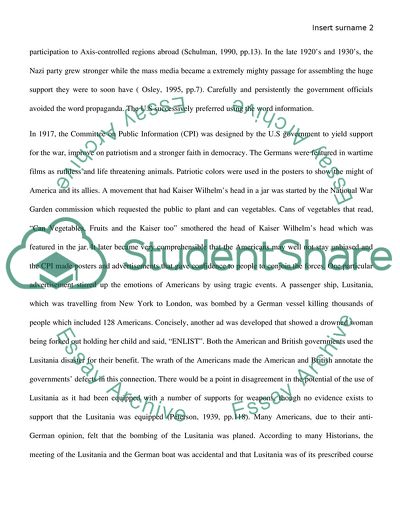Cite this document
(“How German propaganda differed between WW1 and WW2 Essay”, n.d.)
Retrieved from https://studentshare.org/history/1593240-how-german-propaganda-differed-between-ww1-and-ww2
Retrieved from https://studentshare.org/history/1593240-how-german-propaganda-differed-between-ww1-and-ww2
(How German Propaganda Differed Between WW1 and WW2 Essay)
https://studentshare.org/history/1593240-how-german-propaganda-differed-between-ww1-and-ww2.
https://studentshare.org/history/1593240-how-german-propaganda-differed-between-ww1-and-ww2.
“How German Propaganda Differed Between WW1 and WW2 Essay”, n.d. https://studentshare.org/history/1593240-how-german-propaganda-differed-between-ww1-and-ww2.


